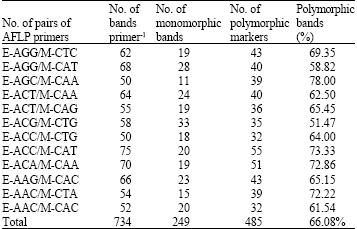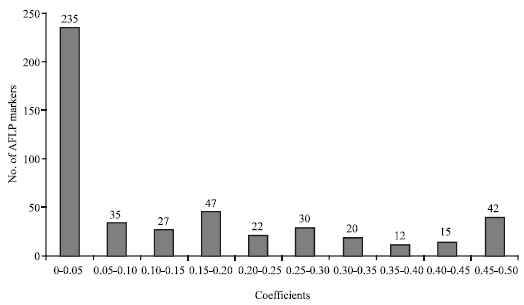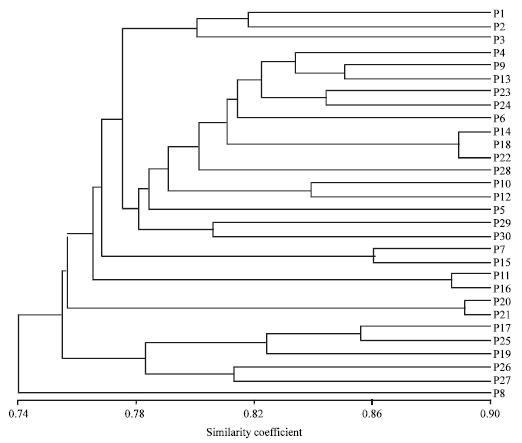Research Article
An Analysis on DNA Fingerprints of Thirty Papaya Cultivars (Carica papaya L.), Grown in Thailand with the Use of Amplified Fragment Length Polymorphisms Technique
Department of Horticulture,
Katengam Sureeporn
Department of Agronomy, Faculty of Agriculture, Ubon Ratchathani University, Ubon Ratchathani 34190, Thailand
U. Khumcha
Srisaket Horticultural Research Center, Muang District, Srisaket 33000, Thailand











